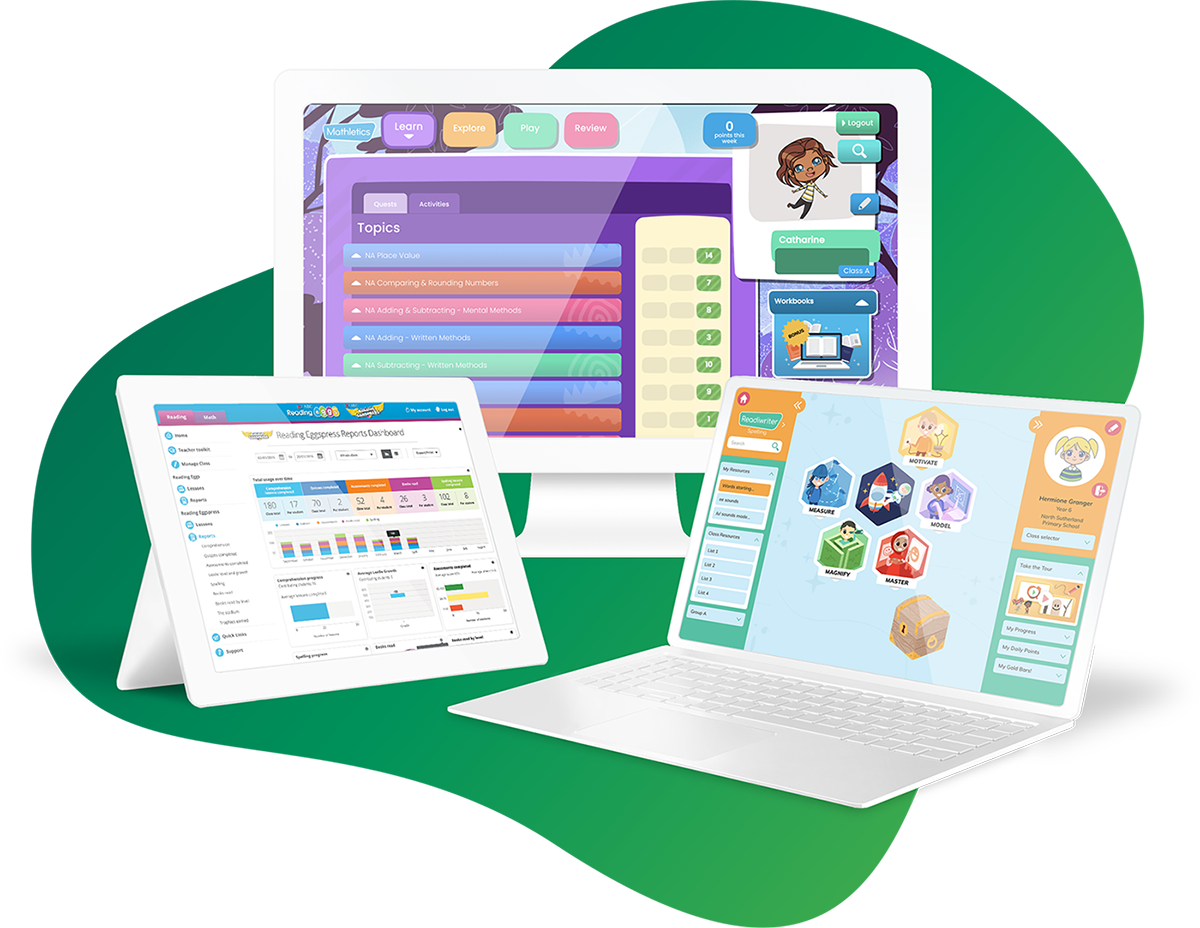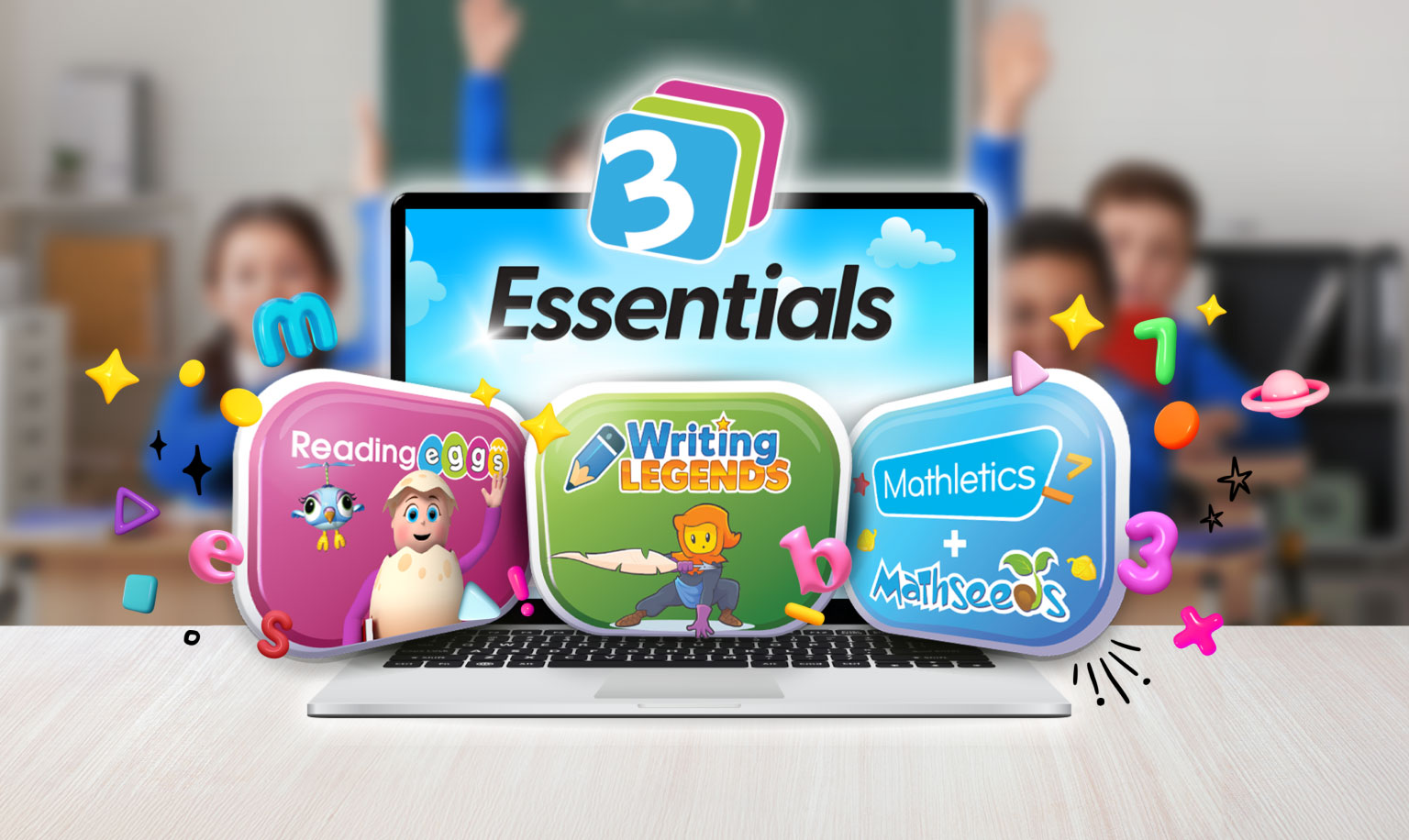
“We’ve done this before, remember?”
Cue thirty brows furrowing in confused silence.
Learning can evaporate over the holidays, weekend, or even in the transition from topic to topic. It might be that it never took root in student minds, or it wasn’t exercised enough. In any case, it’s always frustrating.
But there are things you can do to make learning stick in the classroom – and they don’t involve endless rounds of rote learning or superficial memorization.
Here are 6 teacher-tested tips for improving learning retention. Put them into practice and you can start building student knowledge instead of salvaging it.
Connect with prior knowledge
Instead of thinking about learning being ‘lost’, it’s better to think of it as disconnected.
That’s because learning requires brain cells (neurons) to connect to one another. This builds a network of knowledge that becomes faster and more efficient.
But if we input a random piece of knowledge without making connections, it becomes almost impossible to access. A bit like a train station that’s not on the rail network.
To make these connections strong when introducing a concept, take the time to explicitly connect it to what students already know.
Often, all it takes is a simple question. For example, if you were introducing the concept of ‘character’, you could kickstart a discussion with:
“Has anyone ever read a book or watched a movie and felt like they could have been best friends with one of the people in it? What made you feel so close to them?”
Instantly you’ve established a connection to past reading experiences, emotions, and memories. This gives students an anchoring point for the concept of ‘character’, so the next time they need to access it, they’ll know exactly where to go.
Bonus: connecting to what students already know makes the learning more engaging. Instead of passively receiving the knowledge from you, they’ve got something to bring to the discussion.
Use student centred learning methods
As adults, we’re used to learning on the job or being thrown into the deep end and figuring something out from scratch.
More often than not, we carry for this learning for life.
That’s because we’re forced to put new knowledge to work instantly – solving problems, thinking independently, and making connections.
We can give our students the same experience by employing student-centred learning strategies that encourage them to actively construct knowledge on their own terms.
Not sure what these are? Think of activities that let students figure out what you’d otherwise simply tell them.
Here are three examples:
Jigsaws
Have groups explore different facets of the same topic before sharing these with the rest of the class. Students have to actively synthesize the different facets to get a full overview of the topic.
Chalk talks
Put a series of different prompts (images, questions, statements) on large pieces of paper, and having students walk between them with pen in hand, writing down thoughts, feelings, or observations. It’s an immersive strategy that can segue into rich discussion when students start picking up on patterns.
Open ended projects
Instead of specifying the final product for a project, talk students through your criteria and help them come up with projects that evidence their own learning in unique ways.
Employ spaced repetition
If memorization (e.g. vocabulary, math facts) is the goal, use the research-backed method of spaced repetition to make the learning stick.
In spaced repetition, students are periodically required to recall older facts while consistently drilling new ones. This way, prior learning content is kept alive even while new material is committed to memory.
Think about this approach when constructing formative assessments. You might have a set of review questions at the start, for example.
The most common way to utilize spaced repetition, however, is via flashcards. Organize them so that the most recent content appears frequently, while older facts become more and more sporadic as learners progress.
If that sounds like a lot of work, make use of technology. You can create a set of digital flashcards on an app such as Anki, which will automatically adjust the spacing for you as new content is added.
Have students put the learning in their own words
Paraphrasing and summarising helps learning stick for three reasons:
- It allows students to frame learning material in familiar vocabulary, which is much easier to remember than the description given by a teacher or textbook.
- It encourages a deep understanding of the topic, by having students ‘translate’ it into their own words.
- Students make the idea their own, instead of relying on second-hand sources.
Use the following strategies to help students put learning into their own words.
Exit slips
These are quick questions that serve as a ‘ticket out’ after a lesson. Use open-ended prompts that allow them to evidence learning, such as:
- What did you find most interesting?
- What are 3 important things you’re taking away from today’s lesson?
- “I used to think… Now I think…”
Quickwrites
Have students summarise what they’ve learned in a 5-10 minute quickwriting session. Frame it as a challenge (e.g. ‘explain the concept in thirty words or less’, or ‘explain it in a simple way that a five-year-old could understand’).
Think, pair, share
Partner students up and then have them share their new knowledge with a partner. It transforms the subject of the learning into a casual student discussion, which is easier to remember than lengthy PowerPoints, activities, or textbook explanations.
Have students teach each other
When you pass knowledge onto someone else, you have to be able to explain it naturally in words other people can understand.
Once you can do that, it becomes a firm part of your own knowledge set. Teachers know this better than anybody.
Having our students become teachers as well as learners is therefore a powerful way of locking knowledge in the memory bank. You can do this by:
- Having students share their findings after a research activity or project
- Tasking student groups with running a mini-lesson for the rest of the class
- Setting up a peer-assisted learning program where students support peers needing extra help – or those from a younger year level
Make the learning experience engaging
If your students aren’t immersed in the learning and inspired to think and use it outside of class – it’s never going to stick.
So before anything else, make sure you’re applying best practice engagement strategies wherever possible.
If engagement and retention are your goals, consider trialing a gamified learning program too. Our programs, for example, have been designed to make traditionally repetitive learning (such as spelling and math facts) as fun as possible. By encouraging students to keep coming back for more learning fun, they ensure that core skills are never forgotten.
Interested? Get 30 days of free access (and plenty of free resources to keep) via the links below.

Make learning stick with
our mathematics and
literacy programs










